| Coad | 671714 | Type | Damage-Resistant Thin-Film Polarizer | |
| Substrate | UVFS Corning 7980 0F | Clear Aperture | >85% | |
| Dimension(mm) | 25.4 x 3.0 | Parallelism | <3 arcmin | |
| Diameter | 25.4mm +0/-0.1mm | Thickness | 3.0mm +0/-0.1mm | |
| Wavelength(nm) | 795 - 805 | Surface Quality S1 | 10-5 SD over CA | |
| Extinction Ratio | >1000:1 | Surface Quality S2 | 10-5 SD over CA | |
| AOI(°) | 45 | Surface Flatness | λ@632.8nm over 20mm CA,λ/8@632.8nm over 8mm CA | |
| Coating Type | IBS Polarization / Anti-Reflection (AR) Coating | Coating Parameter S1 | HRs>99.8%+HTp>98%@795-805nm | |
| Transmission Wavefront Deviation | λ/10@632.8nm over CA | Coating Parameter S2 | ARp<0.1%@795-805nm | |
| Laser Damage Threshold | - | |||
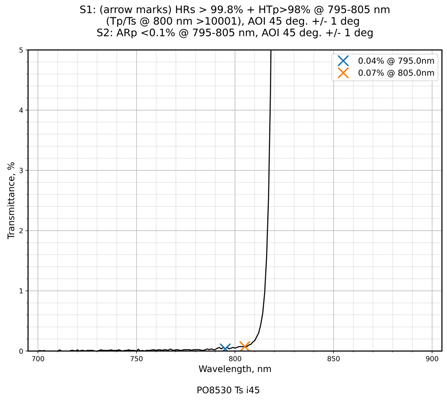
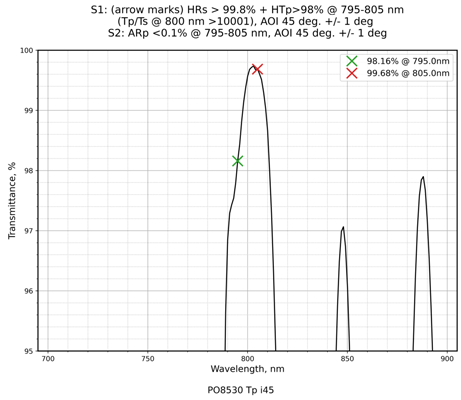
Thin-film polarizers are indispensable components in high-power laser applications. Featuring a unique multilayer dielectric structure, they enable highly efficient separation of s- and p-polarized light with virtually zero absorption losses. Compared to conventional polarizers, thin-film polarizers achieve exceptionally high transmission (Tp) and reflection (Rs), ensuring minimal energy loss in the beam path—meeting the stringent requirements of femtosecond and high-power laser systems for energy efficiency.
To withstand the extreme conditions of ultrashort pulses and high peak intensities, damage-resistant thin-film polarizers incorporate durable, high-energy-resistant materials into the coating design, significantly increasing their laser-induced damage threshold (LIDT). Their low-absorption characteristics reduce thermal effects and thermal lensing, ensuring beam stability and high fidelity. Advanced deposition techniques and precise layer thickness control further enhance polarization accuracy to the 10⁻⁵ level, delivering stable performance across a broad spectral range (e.g., 400–2000 nm), and allowing flexible integration with various laser platforms.
With their high damage threshold, low absorption loss, and superior polarization purity, damage-resistant thin-film polarizers are widely used in femtosecond laser systems, industrial high-power laser machining and micromachining, nonlinear optics experiments, and laser sensing and metrology. They are the ideal choice for users seeking extreme performance and long-term reliability.
Notes:For optimal performance, store and operate at 25 °C and 40%–60% relative humidity. If contamination occurs on the coated surface, gently clean with >99% isopropyl alcohol and lint-free lens tissue. Do not use rough fabrics, water, or abrasive cleaners, as these may damage the coating.
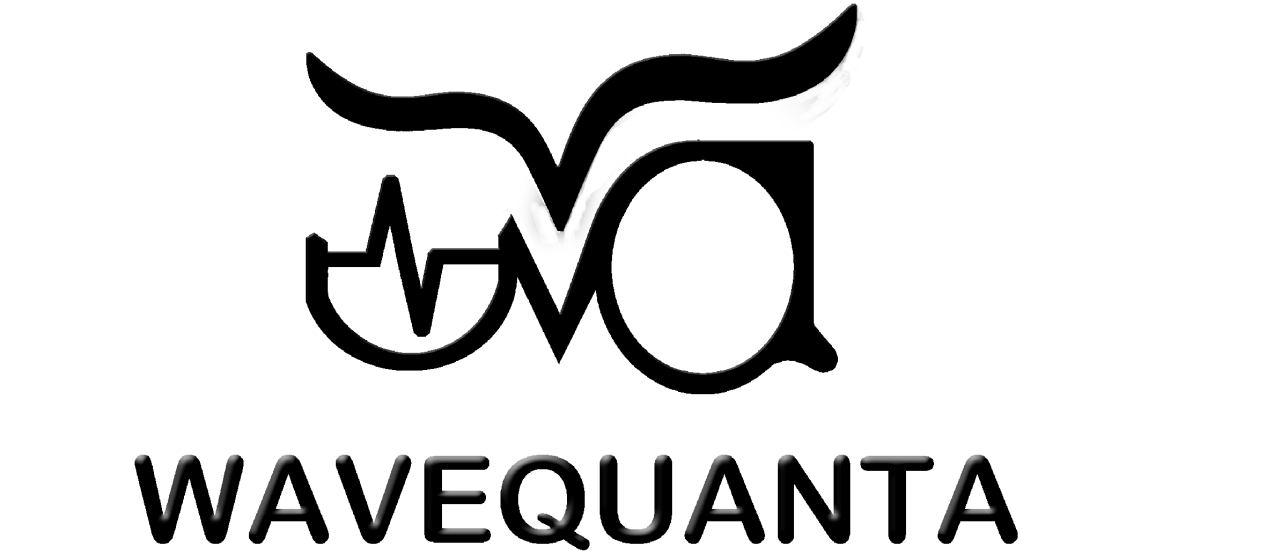




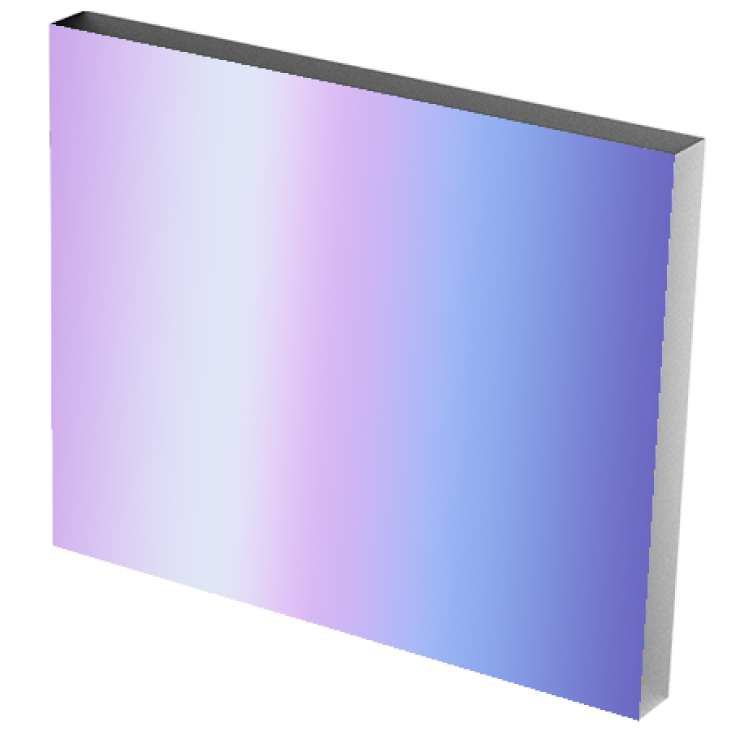



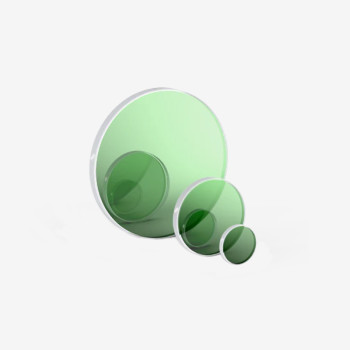



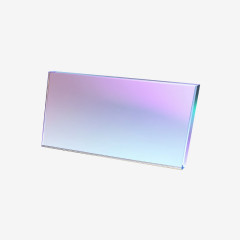
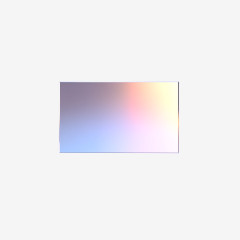
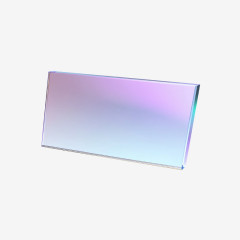
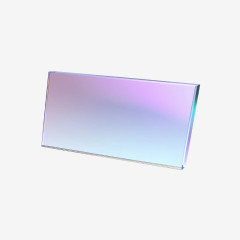
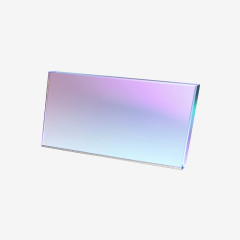
Product evaluation
%High praise
There are comments